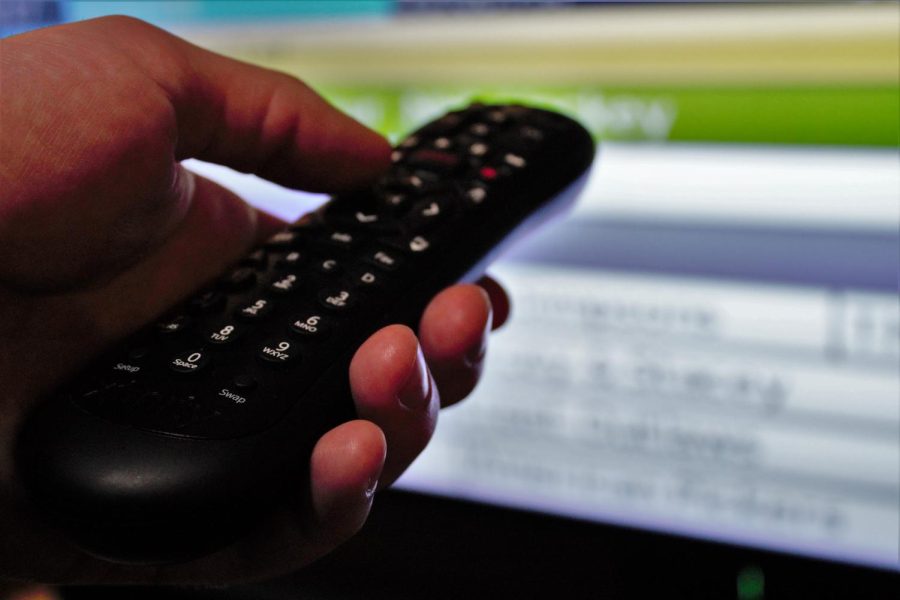A retrospective look at the anime series “Bleach”
A photograph of a TV remote with the channel guide on the screen.
January 19, 2022
When it comes to Shonen anime, titles such as “One Piece,” “Dragon Ball,” “Hunter X Hunter” and “My Hero Academia” stick out, while “Bleach” seems to have faded from recent memory. This changed with the release of the trailer for the final arc in the series, the “Thousand-Year Blood War” arc. This renewed interest in the series and brought up conversation that hadn’t been had in years, but with all the hype it’s important to discuss what led the series here in the first place.
When “Bleach” first debuted on the pages of Shonen Jump magazine, it stood out among its contemporaries. While series like “Naruto” and “One Piece” took place in their own fantasy world away from reality, “Bleach” placed it’s setting in the 21st century.
Right off the bat, the clothing, music and overall style screamed 2000s. The main character Ichigo was not your typical hyperactive Shonen protagonist; instead, he was calm and subtle.
Ichigo and Rukia, his soul reaper partner, form one of the most genuine friendships in the series and anime in general. The main supporting cast form bonds with each other and the wide array of zany background characters.
Another great decision came in focusing on Ichigo’s ability to see ghosts and spirits of dead people. The focus on human spirits and connections gave the series a sense of maturity.
The villains take the form of mindless creatures called hollows. The battles these characters face with hollows act like dark mirrors that shine a light on the character’s multiple scars and insecurities, as well as serving as a fitting allegory for grief and trauma.
This all changed with the arrival of the “Soul Society” arc. This arc took the established boundaries of the previous arc and amplified it tenfold. Gone was the sleepy, safe Karakura town that defined the early tone of the series, thrusting Ichigo and his friends into the unknown trying to rescue their friend Rukia. This arc is filled with political intrigue, epic battles, emotional tension, and introduces its most iconic antagonist, Sosuke Aizen.
After the monumental “Soul Society” arc, the series started to crumble under the weight of its own flaws. Its next arc, “Arrancar,” attempted to create the same kind of narrative structure, but instead spiraled into never-ending battles. The “Fullbring Arc” was an interesting attempt to return to its roots, but didn’t quite stick the landing.
Its final arc, “The Thousand Year Blood War,” started off with a bang before succumbing to the same problems that plagued prior arcs and ended with a whisper.
With all that said and done, what does that mean for “Bleach” going forward? It’s up in the air with the release of the new trailer. Hopefully “Bleach” will get the ending it deserves, or maybe it will just become a series previously known and loved.







